Tokina AT-X PRO FX SD 24-70 mm f/2.8 (IF)
5. Chromatic and spherical aberration
Chromatic aberration
When it comes to the correction of longitudinal chromatic aberration the Tokina 24-70 mm doesn’t perform flawlessly. You don’t have to look close in order to notice blue colouring of images before the focal point and green-yellow of those areas which are situated behind the focal plane.
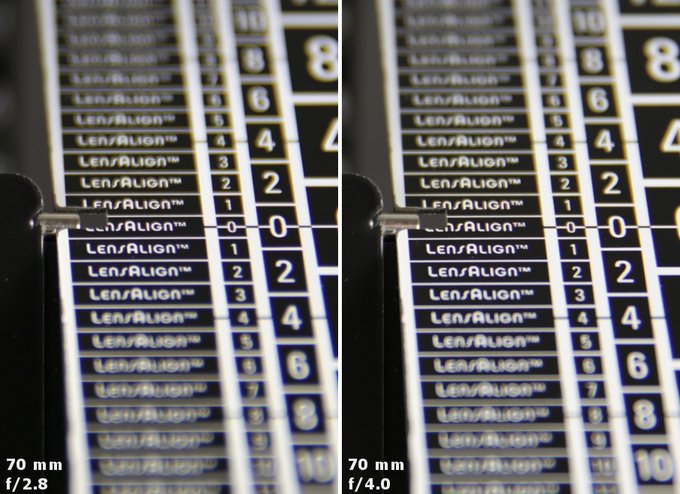 |
Please Support UsIf you enjoy our reviews and articles, and you want us to continue our work please, support our website by donating through PayPal. The funds are going to be used for paying our editorial team, renting servers, and equipping our testing studio; only that way we will be able to continue providing you interesting content for free. |
- - - - - - - - - - - - - - - - - - - - - - - - - - - - - - - - - - - - - - - - - - - - - - - -
In this category such lenses as e.g. the Canon 24–70 mm II, the Nikkor 24–70 mm VR or the Tamron 24–70 mm VC fare definitely better.
What about the lateral chromatic aberration? In order to assess it let’s look at graphs below, showing the performance on the edge of the APS-C/DX sensor and full frame.
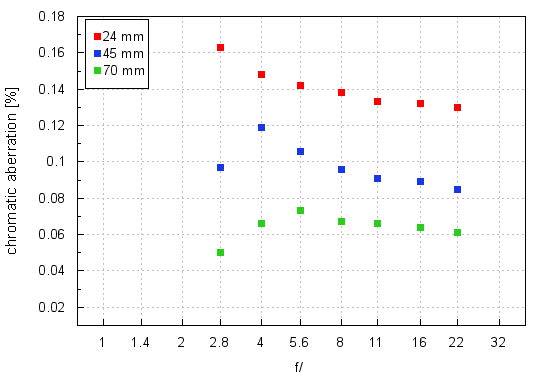
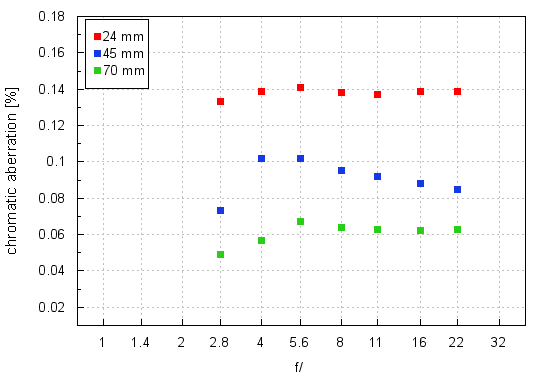
There are no problems concerning that aberration at the maximum focal length where, no matter what aperture you employ, the level of lateral aberration remains low. It would be also difficult to speak about problems in the middle of the focal range because the aberration is just medium at the worst. Most reservations concern the shortest focal length where that aberration’s level is on the borderline between medium and high values; overall high values are easiest to spot near the maximum relative aperture on the APS-C/DX sensor.
Still it would be hard to criticize the Tokina because its rivals didn’t fare better. For the Canon 24-70 mm II and the Tamron 24-70 mm VC we got almost identical values; the Nikkor 24-70 mm VR performed differently, with the aberration increasing with the stopping down, but its results exceeded 0.2%.
| Canon 50D, 24 mm, f/4.0 | Canon 50D, 70 mm, f/2.8 |
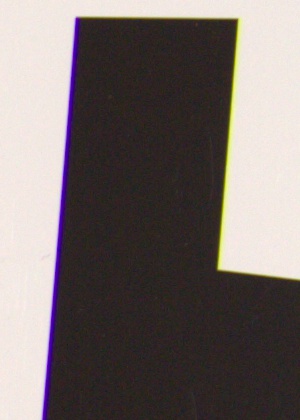
|
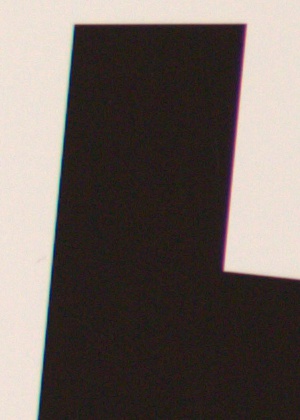
|
Spherical aberration
When you look at the first photo in this chapter you see that, after passing from f/2.8 to f/4.0, the depth of field moved slightly toward the photographer. It might mean a slight level of spherical aberration. On the other hand its distinct influence can’t be noticed in circles we got in front of and behind the focus which means that aberration cannot be high. Overall one thing is sure: the tested Tokina certainly doesn’t have the disgraceful slip-up which featured e.g. the rival Tamron SP 24–70 mm f/2.8 Di VC USD.
| Canon 5D III, 70 mm, f/2.8, in front of | Canon 5D III, 70 mm, f/2.8, behind |
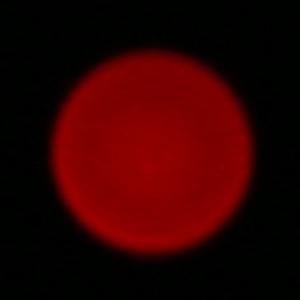
|
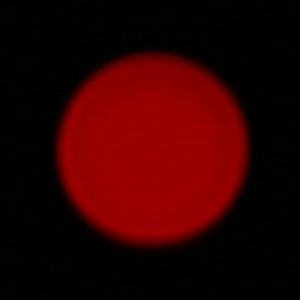
|






